Japanese Art, Ukiyo-e
Top 6 Tips For Buying an Ukiyo-e Japanese Woodblock Print in 2018: A Guide

As we have seen here on the OrientalSouls blog, Japanese arts and crafts come in all shapes and sizes. Today, however, we’re back to talk about Japan’s most famous form of visual art: the ukiyo-e woodblock print. We’ve given you the rundown on the history, masterpieces, and even the process behind these paintings.
Today we want to get you up to speed and ready to actually buy one.
From reproductions; first, second, or even third runs; all the way down to the so-called ‘originals’ sold at Sotheby’s and Christie’s; when searching for woodblock prints to buy yourself, you are going to come across everything from $5 inkjet prints to $500,000 first run prints from 200 years ago. So what should you do? Well, I’m here to show you how you can get a great looking, quality made print for a fair price – without having to head to a Sotheby’s auction, and without having to worry about paying for work you could make just as easily with your office printer downtown. Let’s get started.
Tip #1: Don’t Both Searching For an ‘Original’
Today, professional art historians and critics consider an original woodblock print any pressing made with the artists’ consent during their life. This can include up to thousands of the very same image.
Woodblock prints are just that: prints. There is no one original. These aren’t oil on canvas hand drawn and coloured paintings, remember? No, ukiyo-e prints have been mass produced since their earliest days in the 18th century. Hand carved woodblock prints are made strictly for that purpose: so that the artist can recreate their composition over and over, reaching a wide audience many times over.
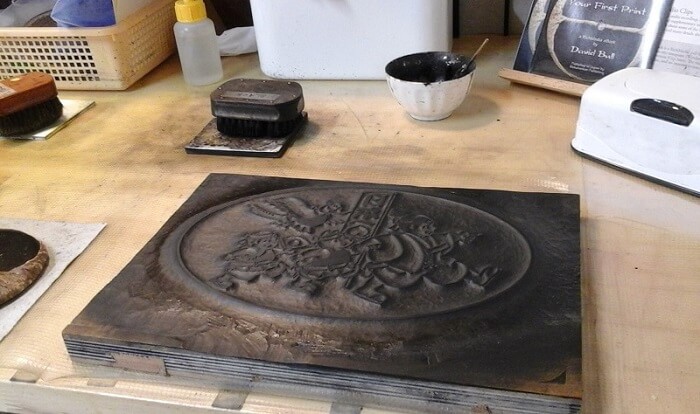
(Image: sandiegouniontribune.com)
According to one group of experts collecting and selling in western Japan today, the actual number of prints produced during the 18th century heyday of the ukiyo-e woodblock prints is probably much higher than today’s most elite collectors are willing to admit – I mean, those guys in New York and London have got to justify their ridiculous prices somehow, right?
What’s more, researchers have traced a long history of print houses selling and reselling used blocks, meaning that a single artists’ work could have been produced by any number of people at any number of workshops throughout Japan. Add to this the documented stories of print shops cranking out a thousand a day during this period, and you’ve got almost no reason to bother with prints claiming some level of authenticity over others.
Tip #2: Consider Condition vs Age or Rarity
For all the reasons mentioned above, don’t decide based strictly on age. You might get ripped off and left with a dirty, unclear, folded or tattered old one. Sacrificing a couple of decades worth of ‘age,’ on the other hand, can easily land you a bright and clear print with all the colour and vividness for which these things were printed with in the first place. Wouldn’t you rather enjoy what the artists had in mind from the start? Namely, the sharp lines and contrasting, bright colours? A couple decades will not only save you some serious Yen, but it’s also likely to get you a better looking print. Seems like an obvious choice to me.
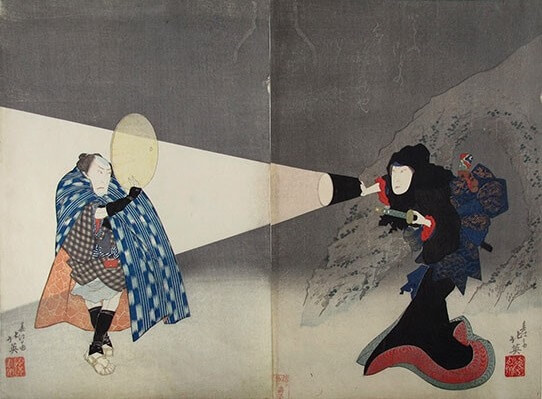
(Image: osakaprints.com)
A beautiful print from the second run is way more enjoyable than a faded, overpriced print from the tail-end of the first run. Prioritize your wants and desires. This brings me to my next tip …
Tip #3: Find a Favourite “State” or “Edition” and Go with It:
Resellers and auction houses like to rank “states” or “editions,” claim that one is more authentic or original than others before jacking up their prices and selling to their ultra-rich patrons. The difference, however, is as simple as the blocks and pigments used in printing. This means that if you like a deep blue over a light blue, a thick line on your Mt. Fuji over a thin one, that the difference between these ‘editions’ or ‘states’ is not worth the extra cost of admission. Both were mass produced, and both were meant to be enjoyed by a wide audience of everyday people!
I say, if you like the lines and colours, go with it. Moreover, confirming the state or edition of your print might provide you a shortcut to another print that matches your tastes. So ask questions and take notes, good sellers appreciate a careful buyer and are always willing to explain what they have to offer.
Tip #4 Pay Attention to the Paper:
When shopping for an affordable-but-beautiful woodblock print, the paper is an aspect you are going to want to think about as a deal-maker or deal-breaker. Quality washi Japanese paper will not only be durable and appropriately textured, but its absorption levels and base colour can add to the visual appeal of the already stunning ukiyo-e print. It’s also the easiest way to weed out the low-quality inkjet copies. Don’t bother with an ukiyo-e that doesn’t tell you anything about the paper it’s printed on – any serious woodblock printer takes his or her paper just as serious as every other aspect of their craft. Remember that!
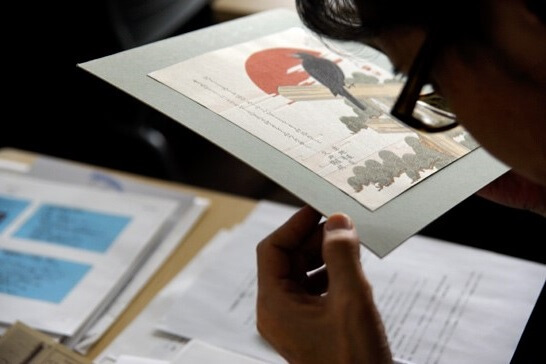
(Image: mizu.gr.jp)
Tip #5 Don’t Believe the Hype
While some ‘originals’ are hitting the $800k mark in recent years, collectors just a generation ago were gobbling up these very same prints – first series, overseen by the greats like Sharaku or Hokusai – for only a couple hundred dollars each. This goes to show that as trends change, so too do the ridiculous amounts people are will to pay for an old copy. A high quality second or third run of a beautiful work of art can be had for anywhere from a $100 dollars. Pick the one you like, and don’t limit yourself to images of Mt. Fuji (though those are certainly breathtaking, I know).
Tip #6 New Doesn’t Mean Bad
There are plenty of important works being produced in Japan by authentic woodblock artists even today. In fact, if you really want to get an ‘original’ – just like the Hokusai and Hiroshige prints approaching a million bucks each these days – here is your chance to do it! New artists making new prints using new wood! The methods are the same, and an equal level of care and handcrafted artisanship has gone into each press.

(Image: youtube.com)
What’s more, these artists are rejuvenating the 18th century masterpieces! In Tokyo and Osaka, these certified, trained artists are even making their own presses of the classics – Hokusai’s Wave and Hiroshige’s Tokkaido. Using the same methods and pigments, these artists deliver beautiful, vivid and not faded brand new presses of the most famous images from Edo period Japanese art. For the amateur looking to bring these classic images of historic Japan home, you aren’t going to do better than these authentic, new presses.
Roundup
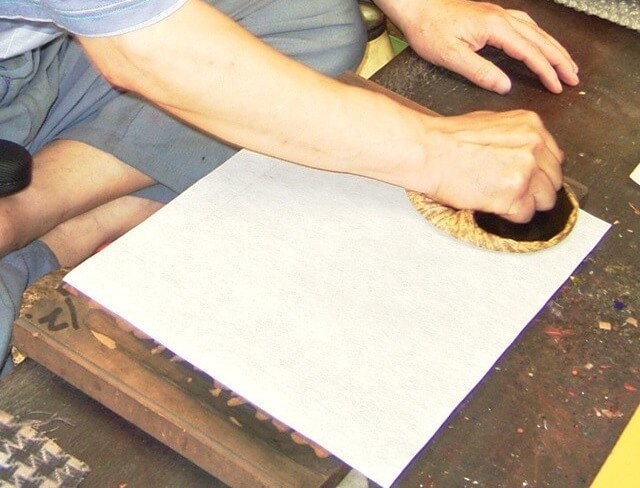
(Image: hanga.co.jp)
By definition, a ‘new’ print is automatically classified as a “pirated” version, a “reproduction,” or a “fake” – depending on who you ask, of course. Nevertheless, as we have seen, the only prints that don’t fall under these categories are the few Hokusai himself peeled off the block in 1777.When you think about it this way, the term ‘pirated’ doesn’t seem that bad. If it’s been printed using a hand carved block, with pigments you like on nice washi Japanese paper, you can find some pretty stunning ‘pirated’ prints out there. In fact, if you really want a Japanese woodblock print, you can start by making your only condition be that the print was actually made using a wooden block on Japanese washi paper – this will eliminate all the cheap copies made with inkjet printers, and ensure that you can find a true, authentic woodblock print (of an older or new image) to match your budget!
What’s more, these artists are rejuvenating the 18th century masterpieces! In Tokyo and Osaka, these certified, trained artists are even making their own presses of the classics – Hokusai’s Wave and Hiroshige’s Tokkaido. Using the same methods and pigments, these artists deliver beautiful, vivid and not faded brand new presses of the most famous images from Edo period Japanese art. For the amateur looking to bring these classic images of historic Japan home, you aren’t going to do better than these authentic, new presses.
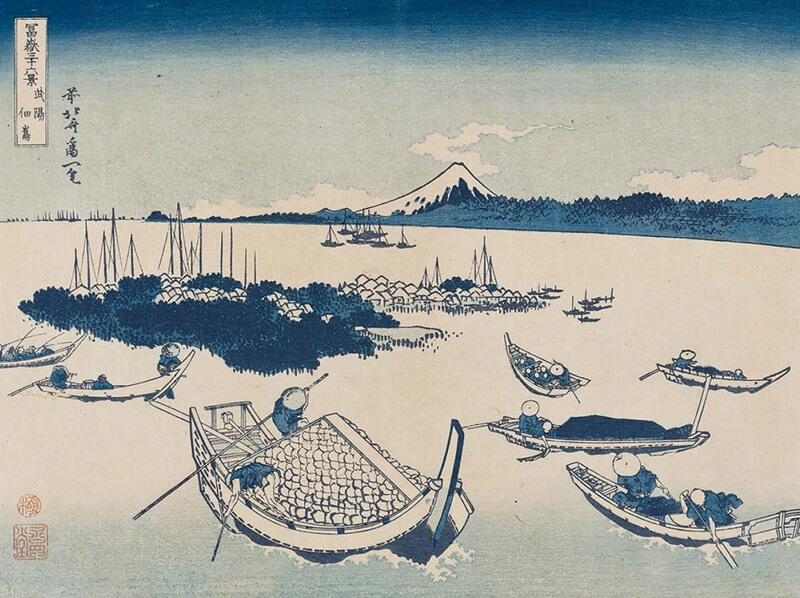
(Image: mfa.org)
Embrace the spirit of the day – the democratization of widely produced and reproduced, accessible art – buy a copy (remember: they are all copies, right?) to enjoy with friends and family today. But remember: you’ve still got to do your research. If you want a visually appealing print, prioritize materials over age; find a print made of quality paper and quality pigments; and finally, don’t be afraid to ask questions! Confirm with the seller that what you are getting was pressed on a block and I’m sure you’ll land yourself a print to cherish through the years. Happy hunting!

Author - Jay
In my spare time I enjoy watching baseball, tasting local cuisine, and exploring by road and rail. Having lived in several cities around the world, I have an appreciation for local as well as international histories and cultures. Excited by cultural and social exchange, it is my hope that this blog will help promote an interest in Japanese traditional wares and practises by introducing you to their history and meanings.

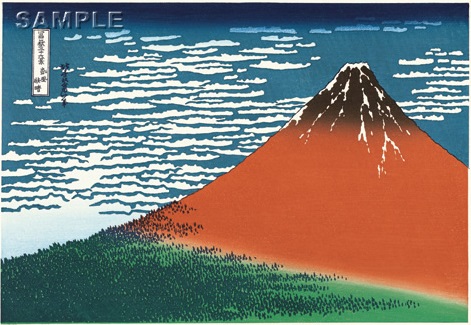
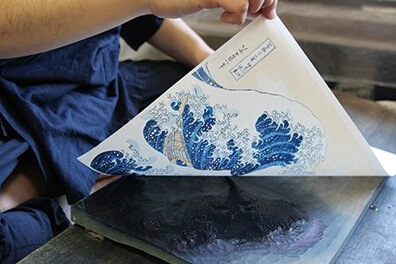

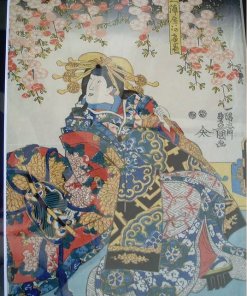
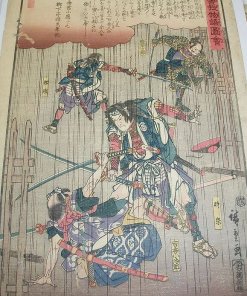
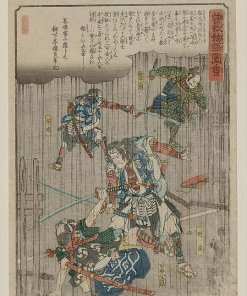
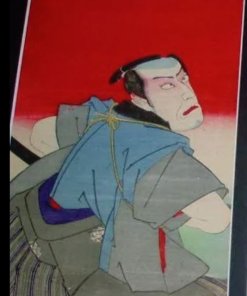

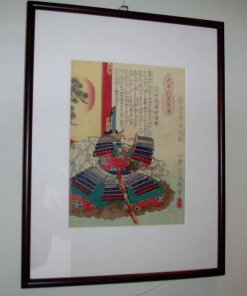
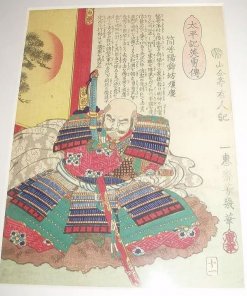
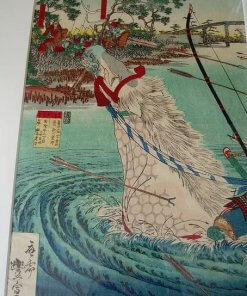
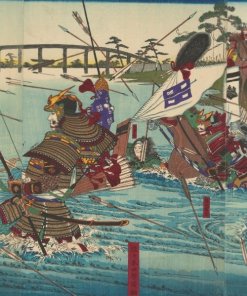
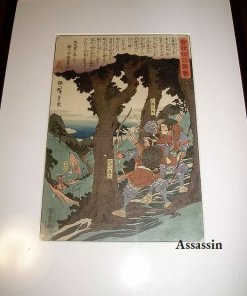
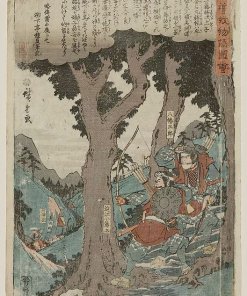
About Orientalsouls.com
Learn and Buy Japanese Craftsmanship, Tradition & Culture
OrientalSoul.com is the online shop where you can buy traditional crafts of Japan.
We only sell selected authentic products in which true spirits of Japanese craftsmanship exist.
You may be able to find similar products in other shops for lower prices. However, we sell products based on fair prices that worth labor and value of experienced craftsmen.
In addition, we introduce stories about product history, how a product is made, what makes it different from others, and how the product enriches your life!